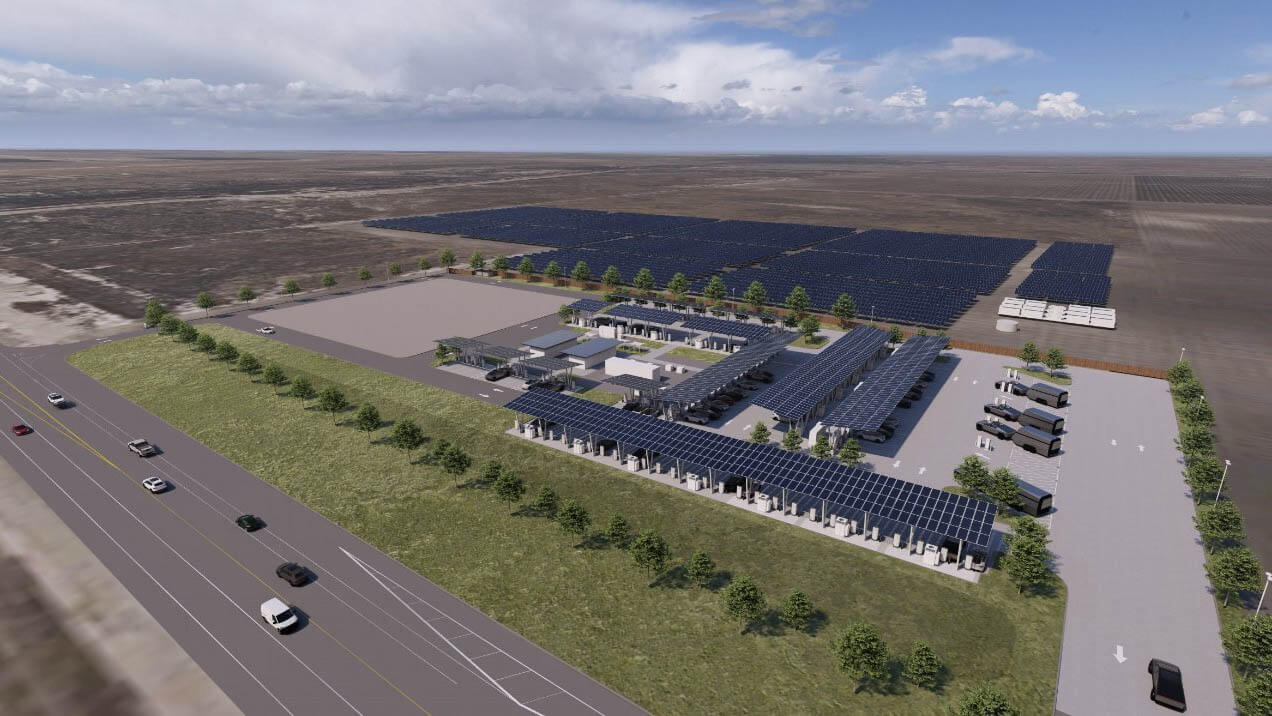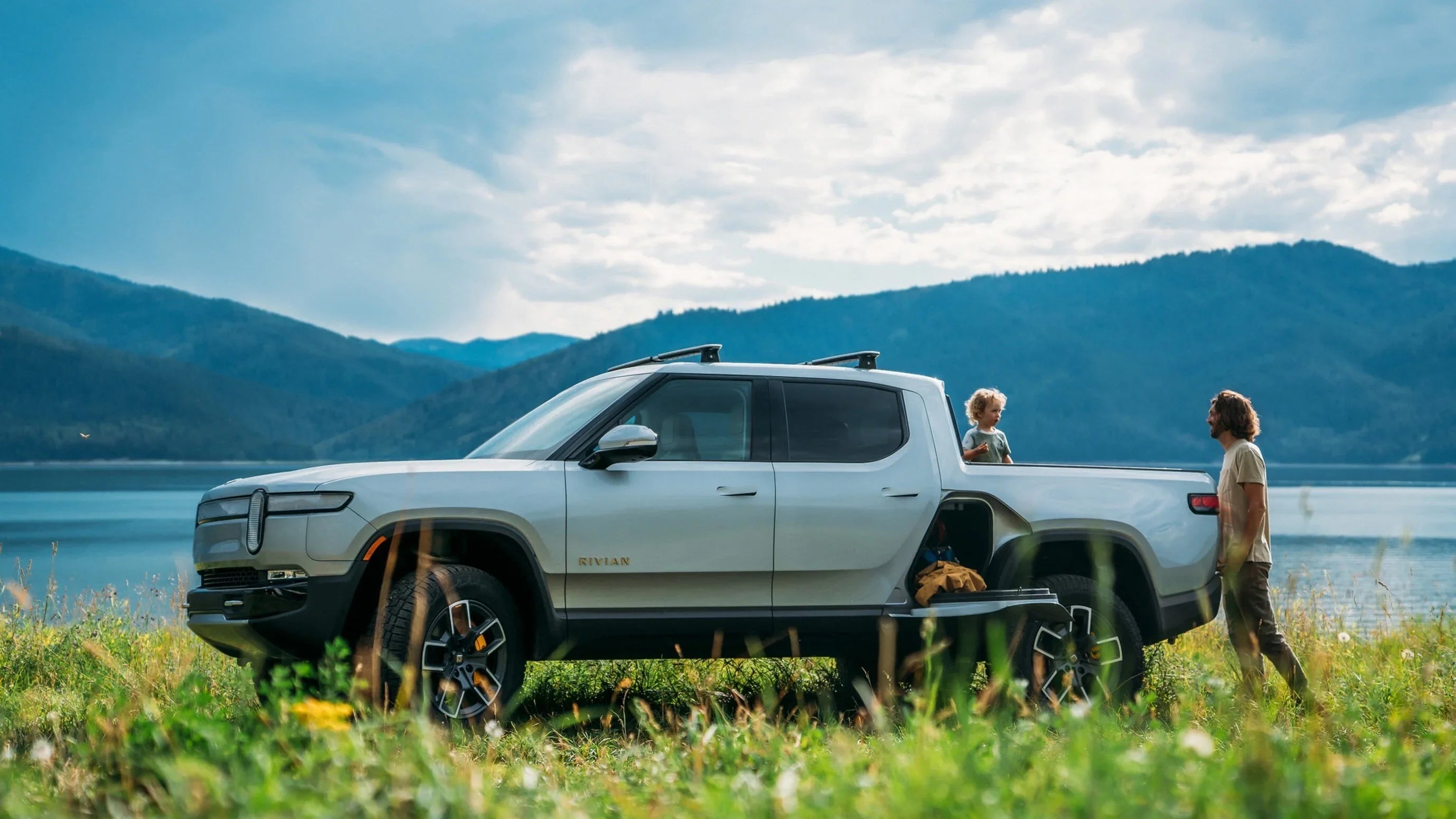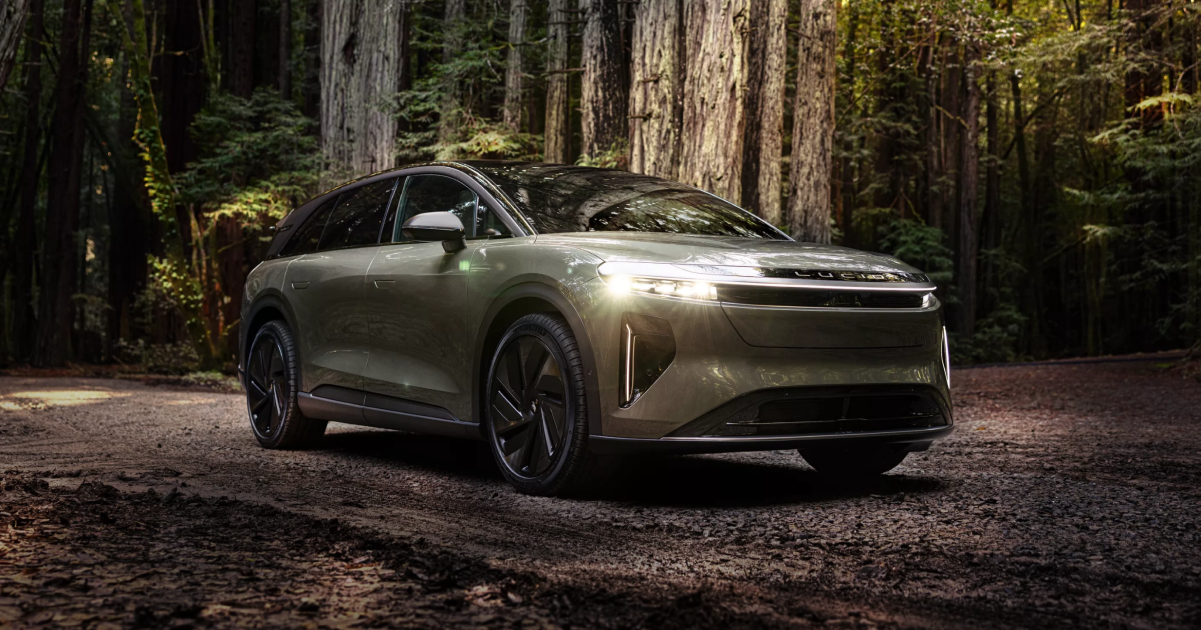A Landmark Solar Supercharger Deployment
Tesla has unveiled its largest Supercharger station to date, and the massive site delivers a powerful message about what renewable-powered EV charging can look like at scale. The new facility in Lost Hills, California, includes 164 charging stalls, making it the biggest Supercharger installation in the world and setting a new benchmark for fast-charging capacity.
The station operates with 11 megawatts of solar generation mounted across a wide canopy structure that fully shades the parking area. That solar power feeds 10 Megapack battery units, providing 39 megawatt-hours of energy storage. For comparison, most fast-charging sites in the U.S. have only four to 20 stalls, and Tesla’s previous largest location in Barstow offered 120.

How Tesla Built a Nearly Self-Powered Charging Hub
Tesla’s new site is notable not only for its size but for its high degree of energy independence. According to Tesla charging director Max de Zegher, the company turned to a solar-plus-storage solution because waiting for a sufficient grid upgrade would have taken months or even years.
By leaning on its Megapack batteries and large-scale solar canopy, Tesla brought the site online in under eight months for the first phase and completed the full build in roughly a year. De Zegher said this approach allowed Tesla to avoid delays that commonly slow the deployment of new fast-charging plazas across the U.S.
Using on-site energy storage is becoming critical for large EV charging hubs, especially those located along busy travel corridors where power demand can quickly exceed local grid capacity.
Why Solar and Storage Matter for High-Power Charging
A key challenge with renewable energy is intermittency, but Tesla’s Megapacks solve this by storing solar power generated during peak daylight hours. This allows the station to function with stable power delivery even when sunlight isn’t available.
The Lost Hills site is not entirely off-grid—Tesla maintains a small grid connection for future expansion—but the day-to-day charging load is expected to be supplied almost entirely by solar energy. As de Zegher noted, “For almost every day of the year, it's 100% sunshine powering the cars.”
This design aligns with broader industry trends. Companies like BYD and Electric Era are also pursuing battery-supported charging models to reduce reliance on lengthy utility upgrade timelines. With U.S. battery supply increasing and EV demand softening slightly, more energy-storage capacity is shifting toward stationary uses like charging stations.

A Model for Future Charging Infrastructure
The Lost Hills Supercharger highlights the benefits of Tesla’s vertically integrated strategy. The company not only builds EVs but also produces the solar systems, charging hardware, and storage batteries that support them. This gives Tesla greater flexibility in how quickly it can deploy large projects.
With rising highway travel, increased EV adoption, and swelling energy demands from emerging technologies, the industry is watching how Tesla’s approach scales. If successful, solar-and-storage-driven charging hubs may become the blueprint for expanding the nation’s fast-charging network—particularly in regions where utility timelines remain slow.
As pressure grows to build more high-power chargers quickly and sustainably, Tesla’s newest location demonstrates one possible path forward: a charging ecosystem that minimizes grid strain, maximizes renewable energy use, and maintains high uptime for EV drivers on heavily traveled routes.
Recommend Reading: ChargePoint Unveils DC Microgrid Tech for Cheaper EV Charging








Share:
Cadillac Optiq’s Tesla Supercharger Experience Falls Short
Zeekr Rolls Out ADAS Upgrades for Older EVs as Tesla Owners Still Wait